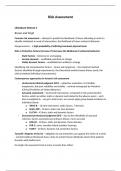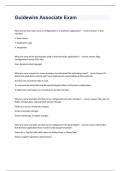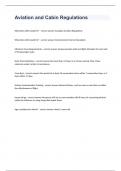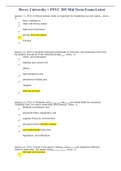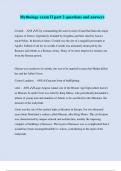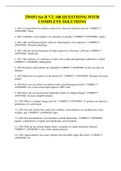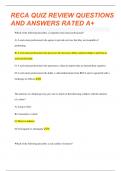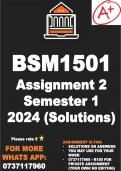Samenvatting
Risk Assessment (summary of all course material)
- Instelling
- Tilburg University (UVT)
This is a summary of all the course material (incl. lectures and all articles) written in the year 2022/2023. Using this summary only, I passed with a high grade on the first try. However, the summary might not be up to date with your own course content, as I do not have information about poten...
[Meer zien]
